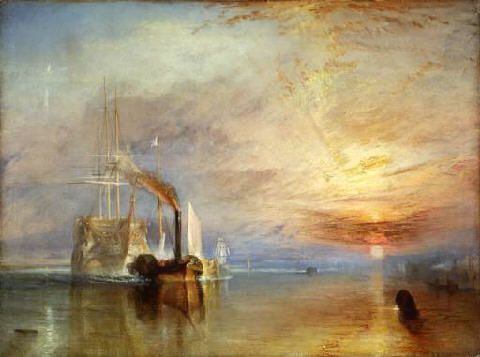SolomonKey
Jr. Member
Why, yet it lives there uncheck'd that Antonio hath
a ship of rich lading wrecked on the narrow seas;
the Goodwins, I think they call the place; a very
dangerous flat and fatal, where the carcasses of many
a tall ship lie buried, as they say, if my gossip
Report be an honest woman of her word.
The Merchant of Venice, Act 3 Scene 1 - William Shakespeare
The Margate Sands contain a couple of hundrend or so wrecks and the Goodwin Sands maybe 600-800, so I would guess that this small area off Thanet (Kent, England) contains more wrecks than anywhere else.
http://coolasmustard.com/misc/Margate Sands.kmz
Goodwin Sands, stretch of shoals and sandbars, c.10 mi (20 km) long, lying off the east coast of Kent, SE England. It forms a breakwater E of The Downs, a roadstead. Shipwrecks were formerly frequent on the Sands. The shifting sands do not allow the construction of lighthouses, but there are several lightships and numerous buoys. Traditionally, the Sands were once a fertile isle called Lomea, the property of Godwin, earl of Wessex; Lomea was submerged by a great storm in the late 11th cent.
Goodwin Sands: http://en.wikipedia.org/wiki/Goodwin_Sands

A remote sensing image of a wreck site in the Goodwin Sands.
Some images from the Goodwin Sands:
http://www.mikefoto.co.uk/Goodwin Sands/index.htm
a ship of rich lading wrecked on the narrow seas;
the Goodwins, I think they call the place; a very
dangerous flat and fatal, where the carcasses of many
a tall ship lie buried, as they say, if my gossip
Report be an honest woman of her word.
The Merchant of Venice, Act 3 Scene 1 - William Shakespeare
The Margate Sands contain a couple of hundrend or so wrecks and the Goodwin Sands maybe 600-800, so I would guess that this small area off Thanet (Kent, England) contains more wrecks than anywhere else.
http://coolasmustard.com/misc/Margate Sands.kmz
Goodwin Sands, stretch of shoals and sandbars, c.10 mi (20 km) long, lying off the east coast of Kent, SE England. It forms a breakwater E of The Downs, a roadstead. Shipwrecks were formerly frequent on the Sands. The shifting sands do not allow the construction of lighthouses, but there are several lightships and numerous buoys. Traditionally, the Sands were once a fertile isle called Lomea, the property of Godwin, earl of Wessex; Lomea was submerged by a great storm in the late 11th cent.
Goodwin Sands: http://en.wikipedia.org/wiki/Goodwin_Sands

A remote sensing image of a wreck site in the Goodwin Sands.
Some images from the Goodwin Sands:
http://www.mikefoto.co.uk/Goodwin Sands/index.htm




